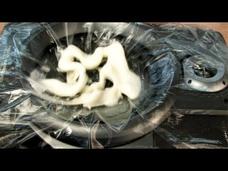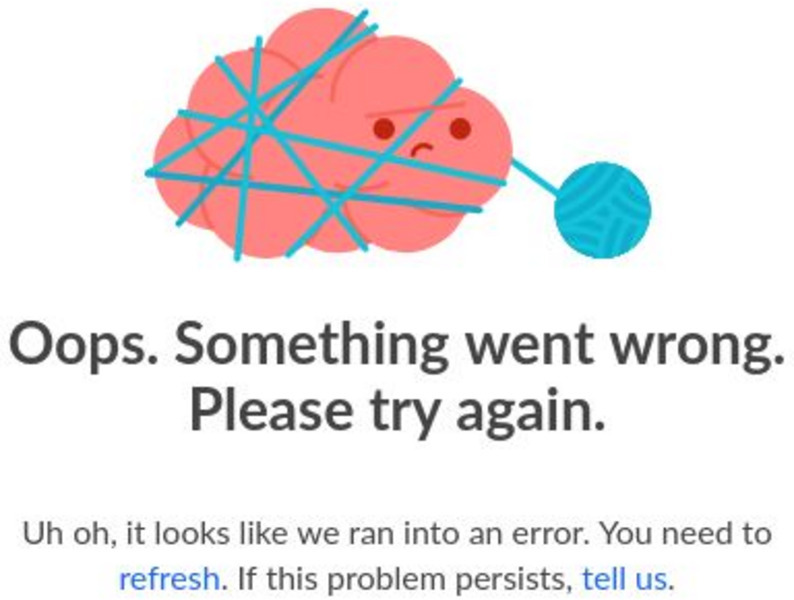Visual Learning Systems
Investigating Mixtures, Solutions, Elements, and Compounds: Types of Mixtures
Upon viewing the Investigating Mixtures, Solutions, Elements, and Comnpunds video series, students will be able to do the following: Understand that everything we see, touch, and even things we can't see are made up of matter. Understand...
Curated Video
Mastering the Technique of Latte Art
Explore the art and chemistry of latte art. Understand how the crema and microfoam of the steamed milk work together to achieve the consistency and properties necessary to create a design on the latte. The video also highlights the...
Professor Dave Explains
Types of Colloids and Their Properties
Earlier we learned that as far as mixtures go, we can have homogeneous solutions, or totally heterogeneous mixtures, where components don't mix. But there are actually intermediary mixtures, where substances mix to some limited degree....
Visual Learning Systems
Types of Mixtures
In this video, the teacher explains the different types of mixtures: homogeneous mixtures, heterogeneous mixtures, colloids, and suspensions. Using examples such as granite, salad dressing, toothpaste, and river water, the teacher...
TED-Ed
The Science of Macaroni Salad: What's in a Mixture?
Mix things up in your physical science class by introducing mixtures. The three types are defined: suspension, colloid, and solution. It all depends on the size and type of the involved particles. With attractive animation and an...
Steve Spangler Science
Cornstarch Goo - Cool Science Experiment
In this fascinating episode, Mr. Spangler uses cornstarch and water to create a solution known as "non-Newtonian" solution, meaning that the solution doesn't behave in the way that Newton's laws would expect it to. This is one of the...
Steve Spangler Science
Steve Spangler on The Ellen Show February 2008
A lot goes on during this visit to the Ellen DeGeneres show. During the first segment, Spangler demonstrates the ability of the human body to act as a conductor of electricity and he shows the clean burning properties of hydrogen and...
Curated OER
Cornstarch Goo - Cool Science Experiment
In this fascinating episode, Mr. Spangler uses cornstarch and water to create a solution known as "non-Newtonian" solution, meaning that the solution doesn't behave in the way that Newton's laws would expect it to. This is one of the...
Steve Spangler Science
Cornstarch Monster - Sick Science! #055
Make a strangely-moving "monster" out of cornstarch and water. The mixture produces a colloid with properties of both a liquid and a solid. Place the material over a stereo speaker, turn up the music, and watch it dance! This is a fun...
Khan Academy
Khan Academy: Suspensions, Colloids, and Solutions
Understand suspensions, colloids, and solutions, and learn the difference between molarity and molality. [13:57]
Khan Academy
Khan Academy: Chemistry: Suspensions, Colloids, and Solutions
A video lecture discussing the properties of homogeneous mixtures and how to distinguish between the different types. Understand that homogeneous mixtures that have large particles that eventually settle to the bottom are known as a...
Khan Academy
Khan Academy: Materials: Flocculation: Making Clean Water
Learn about contaminants that can make water unsafe for humans, and of methods being used to purify it, e.g., through flocculation.








